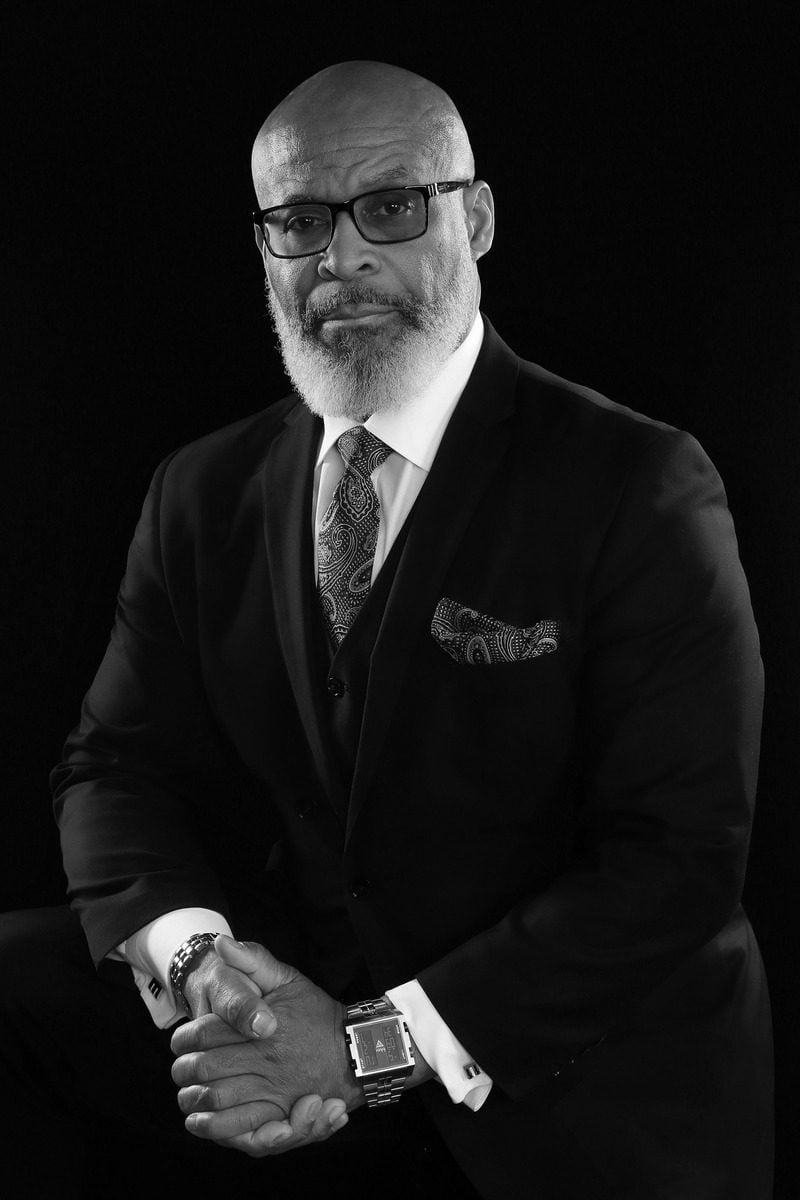
Ms. Wilkerson asserts that the issue of inequality is not because of the system of race i.e. racism, but that of another system, the Caste system. The author of Caste passionately states that in America we call everything racist, and that we are mistakenly using racism as the primary language to solve our dilemma of inequality. Wilkerson’s theory is that we should be using the Caste system as that primary language instead, as she believes there is a link between the Caste system of India to the practice of racism in America.
The objective of this article analysis is not to convince you of the accuracy or inaccuracy of her premise, or to get you to agree or disagree. It is only to offer accurate information with which to develop your own understanding of her writing and production based in critical thought. In order to effectively assess her assertion and the validity of her works‘ conclusion, a true understanding of the following terms that she uses interchangeably, caste, class, and race is required. Let‘s set the operational definitions for these terms.
Caste
Caste system is a class structure that is determined by birth. Loosely, it means that in some societies, the opportunities you have access to depend on the family you happened to be born into. The origin of Caste in India has four roots. (a) racial (b) occupational and economic (c) migrational and (d) religious. The foundation of caste gradation in India was the division of the conquered slave (Dasa) race from the Aryan race. The Aryan race is an obsolete historical race concept that emerged in the late-19th century to describe people who descend from the Proto-Indo-Europeans as a racial grouping. The terminology derives from the historical usage of Aryan, used by modern Indo-Iranians as an epithet of “noble” and “educated“. The Indian culture divided these Castes into the following groups:
- Brahmins (priests and teachers).
- Kshatriyas (warriors and rulers).
- Vaishyas (traders and merchants).
- Shudras (laborers), are considered “untouchables” or Dalits. They are at the bottom of the hierarchy.
Wilkerson‘s character in the movie challenges the notion of racism in India as everyone there was brown-skinned. The research addresses this aspect directly. Colorism in the Indian subcontinent has a long and complex history, influenced by intertwined factors such as the caste system, religion, and colonialism which has transformed colorism into cultural practices. In view of Wilkerson‘s extensive research, the practice of colorism is never mentioned in the movie. Why isn’t it? Colorism is discrimination against individuals with a dark skin tone, typically among people of the same ethnic or racial group. The aspiration for white skin can be more directly traced to colonialism much in the way that racism originates with slavery and colonialism. It is with the arrival of the British colonialists that we see specific codified color lines.
Class
The division of people within society that elevates some over others, known as social stratification. It is common across almost all human cultures. Throughout history, there have been many class systems of various degrees.
Race
A European ideology. In the 1600’s, Racial classification systems were developed as Europeans explored and colonized the globe and found that there were physical differences between people. These systems were used to justify colonization, conversion, even slavery and genocide. According to these systems, white skin was the standard, and dark skin was associated with intellectual inferiority and slowed development. This system was used to justify the first act of systemic racism, the Transatlantic Slave Trade.
Now that you know the difference between the three, and if you have seen the movie, please review the following examples in the movie that Wilkerson uses to make her case in her production of Origin, and determine if the foundation of these issues was that of Caste, Class, or Racism.
- Trayvon Martin murder scene: A. Caste. B. Class. C. Racism.
- The African American Anthropologists at the German Library and book burning scenes: A. Caste. B. Class. C. Racism.
- The MAGA hat wearing plumber scene: A. Caste. B. Class. C. Racism. (She had work to humanize herself to him in order to get better service from him. Why?)
- Charlotte incident, NAZI, BLM: A. Caste. B. Class. C. Racism.
- Confederate flag in comparison to the Swastika discussion at the dinner scene: A. Caste. B. Class. C. Racism.
- The German lawyers discussion on writing a law on the “separation“ of races vs the “superiority“ of one race scene: A. Caste. B. Class. C. Racism.
- The whites only pool scene: A. Caste. B. Class. C. Racism.
Now let‘s look at some historical and current facts where we know that race was and is the foundation of inequitable outcomes:
- Caste nor class were used to justify Slavery in America. It used race ideology to strip the African of his country and culture, and replaced his cultural identity with the socially constructed label of Negro (Spanish for black).
- Caste nor class were used to implement the Jim Crow laws. Race ideology was.
- Caste nor class are on our census or application forms. Race is.
- Caste nor class are currently declared officially as a public health crisis by every medical and psychological association here in America. Racism is declared currently as that crisis.
- Caste nor class are used in law enforcement to identify their suspects, race is used as that description.
- Caste nor class were used in the systemic practice of Redlining (which still occurs today), it was and is based strictly on the color of skin, race.
- Caste nor class are used in the system of home appraisals. Home and neighborhood values are influenced and assessed by the race of the homeowner.
One of the strategic flaws in Wilkerson‘s approach, is that she affirms the damaging socially constructed ideology of race with her consistent use of referring to people by skin color Black and white. A properly educated person on any level addressing systemic and historical inequality, educated on the facts of race would take some time in a project of this magnitude, to educate the movie goer on this very important and often overlooked piece of information. During the totality of this cinematic offering, not once was the origin of race and the purpose for which it was designed, addressed in an educated, factual, and objective manner. Case in point, in one particular scene, Ms. Wilkerson‘s character asked her cousin the following question; “Do you think the Jews are white?“ Her cousin replies, “Yes“. Both the question and the answer are faulty and misinformed. Jewish diaspora communities are generally described to have coalesced into three major ethnic subdivisions according to where their ancestors settled: the Ashkenazim (initially in the Rhineland and France), the Sephardim (initially in the Iberian Peninsula), and the Mizrahim (Middle East and North Africa). This fact completely dismantles the myth in America that Jews are white. The fact is that some members of this community made the conscious choice to be white when afforded the opportunity. The reality for most cultural groups immigrating to America is that some have enough of the required physical features to “pass“ for white, while others in that very same cultural group do not.
The philosophical difference between caste and race is, with the Caste system, members of society are forever locked into their place in society at birth. In the system of race, one’s racial identity is subjectively based and transmutable. The actress Connie Nielsen‘s character in the dinner scene in the movie, stated a very reasonable and factual challenge to Willkerson’s American Caste theory. She asserted that Wilkerson‘s thesis was flawed for the following reason. American Slavery was rooted in subjugation, domination and exploitation of the African people. The Jewish holocaust was rooted in termination and eradication of its people.
History tends to support her challenge to Wilkerson’s American Caste theory. Hitler used America‘s brand of racism to racialize the Jew. He sent Heinrich Krieger, a German lawyer instrumental in providing knowledge of American race law to Nazi policy-makers. Some of his research later served as the basis for the Nuremberg Laws, the centerpiece anti-Jewish legislation of the early Nazi regime. This may account for the overlap in similarity of the experiences of trauma between the Jewish community and the African community. However, only the African was enslaved and exploited for 246 years as Wilkerson accurately states. She also asserts that in comparison to the Holocaust, there is no known quantifiable number to represent the generational loss of the enslaved African.
There are many examples of well known and not so well-known people who have either chosen racial identity or rejected it altogether. Actors Taye Diggs and Morgan Freeman reject the racial identity of Black. Rachael Dolezal famously or infamously known as a white woman who passed for Black. Lastly, there are many historical accounts of African descendants of slavery “passing“ for white. Throughout the history and evolution of America, certain cultural groups were given the legal status of white, and also have had it revoked. One other most important difference as it pertains to race, is that the Indian culture did not colonize the globe with this ideology. The Indian culture did not enslave the African and economically exploit him for 246 years. No, it was the European.
At the end of the movie, Wilkerson writes that eradication of the Caste system is the solution to regain our sense of humanity. I completely agree with this visionary perspective. However, just saying it is not in itself a solution. A systemic process must be enacted in order to eradicate a Caste system. One must be able to identify it, define it, and differentiate it from the other categories of class and race. You can’t solve what you can’t define. Her work is good, deserving of much merit and discussion, but dangerously misleading for those not adequately knowledgeable on the social construct of race ideology.
In contrast to the meritous work of Isabel Wilkerson, my work is specifically focused on addressing race. My platform is called Racial Deconstruction. Racial Deconstruction involves examining and challenging the socially constructed nature of race and the ways in which racial categories have been historically defined, reinforced, and maintained. Racial Deconstruction involves questioning and deconstructing the assumptions and ideologies that underpin racial categories, exposing the ways in which they have been used to perpetuate discrimination and inequality. The objective of Racial Deconstruction is to equip our systems of service with a tangible process to eradicate inequitable outcomes of racial disparities.
At the beginning of Isabel Wilkerson’s movie Origin, her character asks “Why is everything racist?“ To that question, my answer is the following:
“Everything isn‘t always about race, but race, is in everything.“
Join the deconstruction movement, Racial Deconstruction. Click the link below:
https://www.georgemiddleton-consulting.com/
https://indygipc.org/the-re-imagining-race-initiative/







